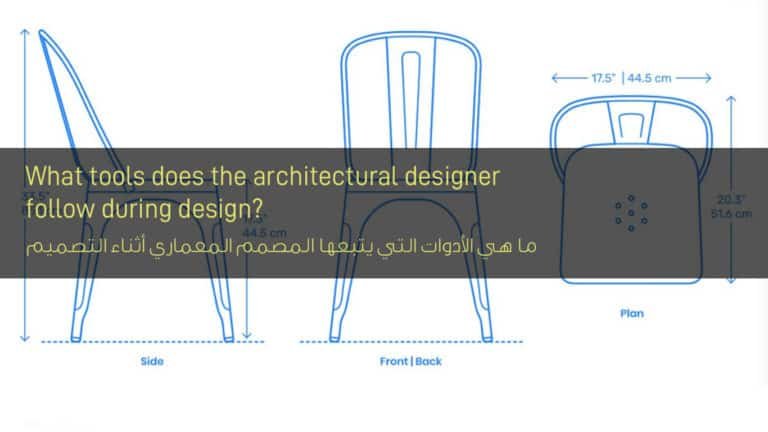Global Information System (GIS)
Global Information System (GIS)
What is the Global Information System (GIS)? GIS is a computer-based information system that performs activities to capture, store, process, analyze and display both spatial and non-spatial data to solve complex research, planning and management problems.
It is a system of hardware and software that carries out the above activities on information about the Earth’s areas.
So it is a computer system for collecting, managing, processing and analyzing data of a spatial nature. The word spatial means that these data describe geographical features on the surface of the earth, whether these features are natural, such as forests and rivers, or artificial ones, such as buildings, roads, bridges, and dams. The term landmarks is also used to refer to natural and environmental phenomena such as tides, pollution, etc.
But this definition does not mean that we restrict the use of the geographic information system with large areas, because it can be used to study a neighborhood where the geographical features are composed of a small number of homes and the telephone, electricity and water network, or in one company where the computer network is one of the features.

The purpose of the Global Information System (GIS):
The main purposes of the following four information systems are:
- Support general research
- Spatial data collection, processing and use in database management
- Consolidate and customize the production of maps
- Supports decision-making based on spatial data.
The fourth purpose can be illustrated by an example, where the engineering geologist assesses the conditions of slope stability in the region through geographic information systems in order to define a new and better path.
Geographic Information Systems Subsystems:
The main elements of the Global Information System (GIS) are:
Computer parts – computer programs – data – people – methods
Computer parts: GIS and the GIS software run in the hardware system included in the computer. The computer is thus the backbone of GIS devices. Unlike a computer, it includes input and output devices.
Input devices are scanners and digitizer boards. Output devices are printers and software for setting up GIS devices.
Computer software: GIS provides functionality and tools for:
- Storing graphical information
- Graphical information analysis
- Display graphical information
The main and important components of the GIS program are:
- Enter data and verify data
- Data storage and database management
- Data output and display and transfer
- Interact with the user
Data: The most important component of the GIS is data. There are two types of data:
Spatial data: Data objects and elements in geographical space make up spatial data. This data enables to find individuals or devices and their locations globally anywhere on Earth. Spatial data is also called geographical data or geospatial data.
Attribute data: This is the information attached to the above tabular model with regard to spatial features. All spatial data properties are provided by the attribute data.

People: Two major categories work in the GIS process. They are:
- Geographic Information Systems Operator
- GIS engineer
The GIS engine guides map objects. A GIS engineer or GIS user uses this directed data to perform queries and analysis to solve problems.
Methods: Well-designed plan and business rules are the keys to successful GIS operations. The methods are the models and unique operating practices of each organization.
GIS applications
Among the important applications of the geographic information system are:
- It is widely used in business, government and research that lead to environmental analysis, land use planning, tax and utility assessment, site and facilities analysis and infrastructure planning.
- GIS is used for real estate, marketing and demographic analysis
- Wide application in habitats and archaeological analysis.
- It is applied in remote sensing, surveying, geodesy, civil engineering, artificial intelligence, operations research.
- He works in Natural Resource Management to locate underground pipes and cables, plan facility maintenance, track energy use and load balancing in electrical networks.
- Modern GIS applications include address matching, site analysis or site selection, and evacuation plans development.
Among the practical applications popular in our lives for the geographic information system, such as using it in transportation to know the best ways between two sites in the city, or using it in electricity institutions to clarify the locations of transfer centers and how electricity reaches residential areas and discover sources of faults quickly, or the use of local governments in it to manage and update Real estate ownership limits.
But this system can be used for almost anything. Good planning for social services such as health care and primary education can be accomplished through the geographic information system, because this system has the ability to analyze the distribution of the population and study how they got to these service centers.
In addition, the use of the GIS system is steadily increasing in helping businesses to identify their prospective markets and take care of their customers.
Read also: The difference between interior design and interior decoration






